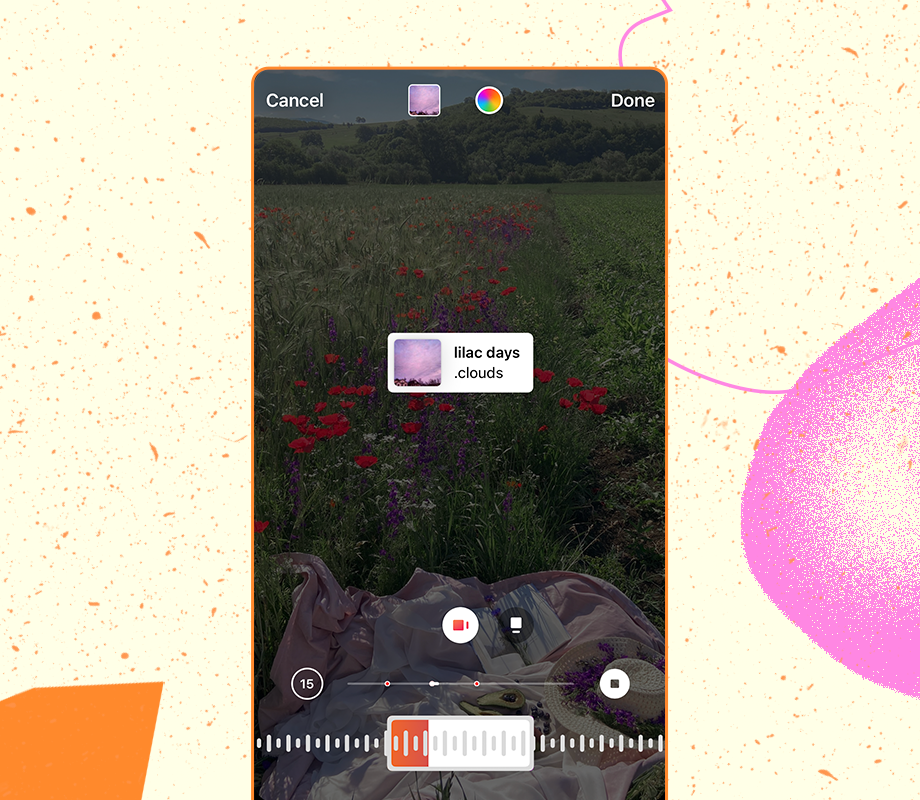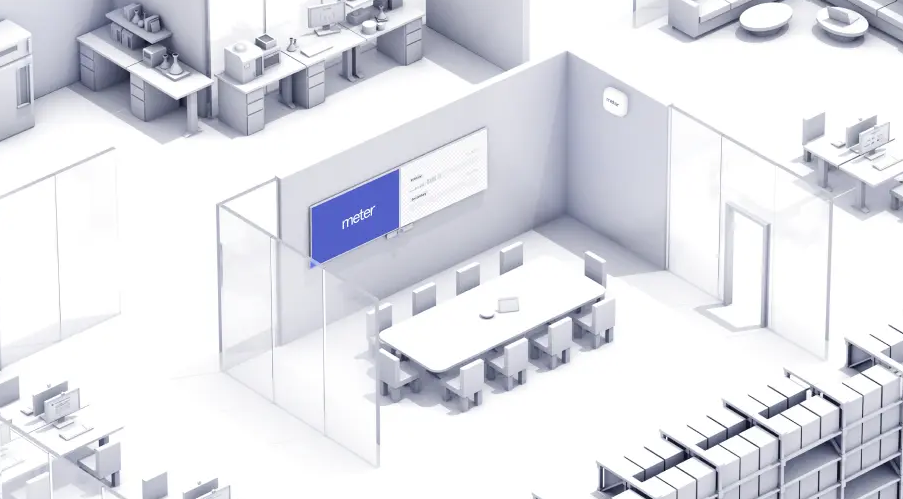The recent article by Zhou Sun, “HTAP is Dead,” sparked a debate in the data community about the future of hybrid transaction/analytical processing. HTAP was meant to help integrate historical and online data at scale, supporting more flexible query methods and reducing business complexity.
In the article, Sun, co-founder and CEO at Mooncake Labs, argues that the long-promised vision of unifying transactional and analytical workloads in a single system has failed to materialize. Gartner introduced the term HTAP (Hybrid Transactional and Analytical Processing) over a decade ago, announcing it as “the next big DB architecture,” where the goal was to close the gap between operational and analytical systems.
The article tracks the history of how OLTP and OLAP database workloads started as one in the 1970s, became separated a decade later, with HTAP attempting to merge them again in the 2010s. Sun believes that practical challenges like resource contention, complexity, and evolving hardware architectures make dedicated, specialized systems a more viable path forward. Sun writes:
The cloud also started the move away from tightly coupled warehouses toward modular lakes built on object storage. In trying to escape the traditional warehouse/database, data teams started assembling their own custom systems.
HTAP was considered years ago a requirement for emerging workloads like pricing, fraud detection, and personalization, with SingleStoreDB and TiDB among the main players in the market. The author contends that cloud data warehouses like Snowflake and BigQuery emerged as the clear winners in the 2020s by focusing exclusively on analytical processing and separating storage from compute, which allowed for scalable, cost-effective solutions without the complexity of HTAP systems. Sun notes that while transactional databases have also evolved, they have largely remained separate from analytics, and attempts to merge the two have failed to gain broad adoption. Sun adds:
Even in today’s disaggregated data stack, the need remains the same: fast OLAP queries on fresh transactional data. This now happens through a web of streaming pipelines, cloud data lakes, and real-time query layers. It’s still HTAP; but through composition instead of consolidation of databases.
To move beyond traditional warehouses and databases, data teams are now assembling their own custom systems using what Sun calls “best-in-class” components. These architectures combine OLTP systems and stream processors as the write-ahead log (WAL), Iceberg as the storage layer, query engines such as Spark and Trino for data processing, and real-time systems like ClickHouse or Elasticsearch indexes. On Hacker News, Thom Lawrence, founder and former CTO of Statsbomb, writes:
You cannot say HTAP is dead when the alternative is so much complexity and so many moving parts. Most enterprises are burning huge amounts of resources literally just shuffling data around for zero business value. The dream is a single data mesh presenting an SQL userland (…) we are close but we are not there yet and I will be furious if people stop trying to reach this endgame.
Sun’s article sparked a debate in the community, with Peter Zaitsev, founder of Percona and open source advocate, summarizing:
There is no “one size fits all” – while large teams are realizing tight coupling is problematic, for small teams, small projects it is actually very convenient and practical to have a single database, which does “everything” reasonably well, as such I think HTAP makes a lot of sense as a feature, but probably not as a name as we need our databases to be more than just Analytical and Transactional.
Many data engineers now agree that the once-promising HTAP model is being reconsidered, with the growing success of PostgreSQL in recent years illustrating this shift. As technology evolves, new paradigms are challenging the relevance of HTAP in modern data architecture.










